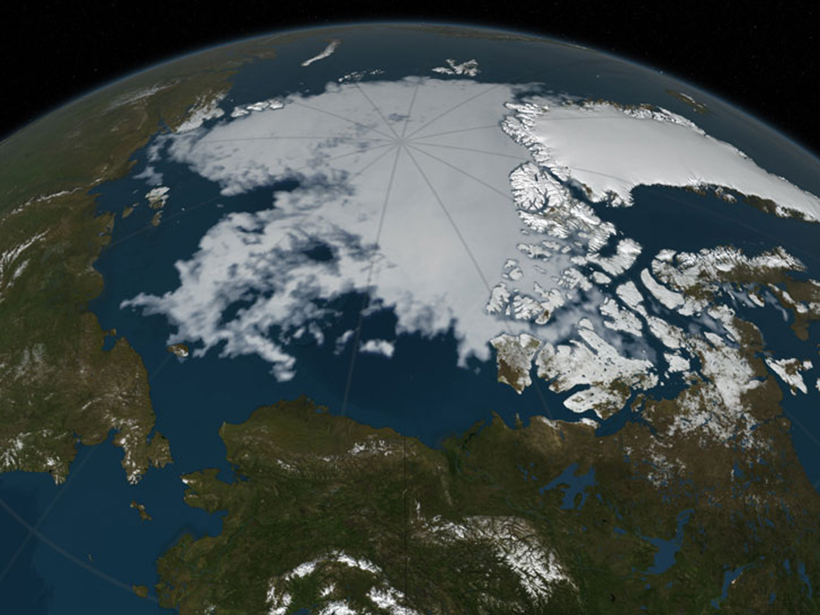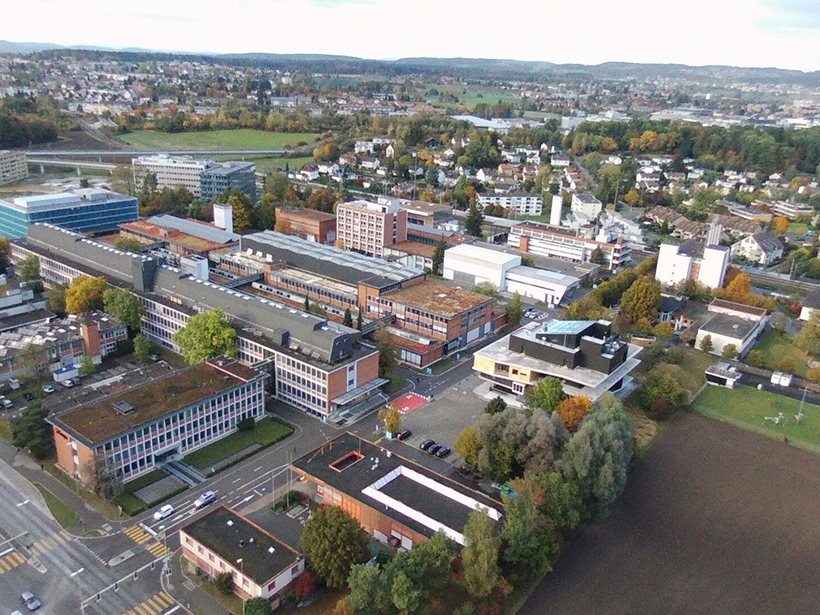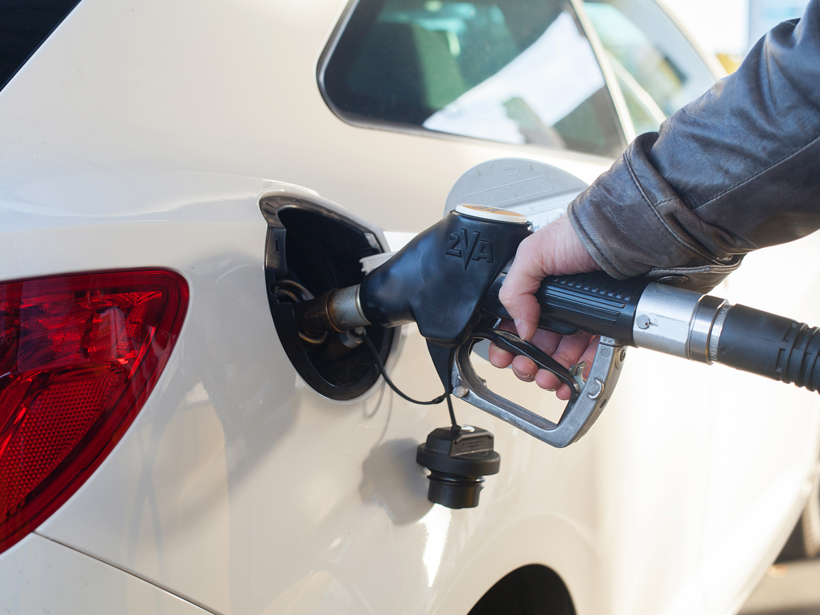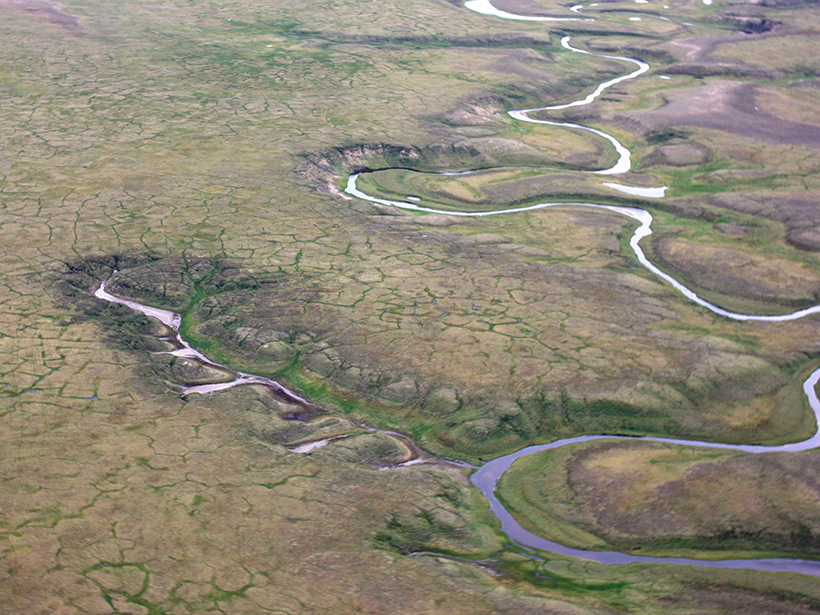Samples of seawater from the North American Arctic show that the region is neither a major source nor sink of methane and nitrous oxide to the overlying atmosphere.
greenhouse gases
New Technique Could Help Scientists Track Nitrous Oxide Sources
A long-term study in Switzerland reveals the promise of a new method to determine isotopic composition of the potent greenhouse gas.
High Arctic Emissions of a Strong Greenhouse Gas
Isotope data bring scientists one step closer to revealing the microbial processes behind nitrous oxide emission in the tundra.
EPA Reassesses Feasibility of Plan to Increase Fuel Efficiency
This January, the Environmental Protection Agency (EPA) finalized mileage standards set in 2012. Now, at the push of the auto industry, EPA and other agencies are going back for another look.
Good Night Sunshine: Geoengineering Solutions to Climate Change?
In order to limit global warming to Paris Agreement goal levels, climate engineering should be considered as a viable solution.
Map Reveals Hot Spots for Arctic Greenhouse Gas Emissions
By bringing together data on permafrost stability, soils, and other Arctic conditions, scientists have plotted where permafrost is vulnerable to collapse, which could release long-stored carbon.
Which Greenhouse Gas Does the Most Damage to Crops?
Models showed that approximately 93% of crop losses over the rest of the century could be caused by non–carbon dioxide emissions, the most damaging of these being methane.
Does Water Vapor from Volcanic Eruptions Cause Climate Warming?
By studying past volcanic eruptions, scientists find that the amount of water vapor reaching the stratosphere during moderately explosive eruptions may not be contributing to the greenhouse effect.
The 2015 Indonesian Fires: Less Carbon Release Than Was Thought
Preliminary results from field measurements of smoldering Kalimantan peatlands suggest that the fires emitted 8% less carbon dioxide and 55% less methane than were previously estimated from lab tests.
After a Century, Restored Wetlands May Still Be a Carbon Source
Methane emissions can drastically lower, or even reverse, the benefits of carbon sequestration in restored wetlands, according to new measurements from the Sacramento–San Joaquin Delta.










